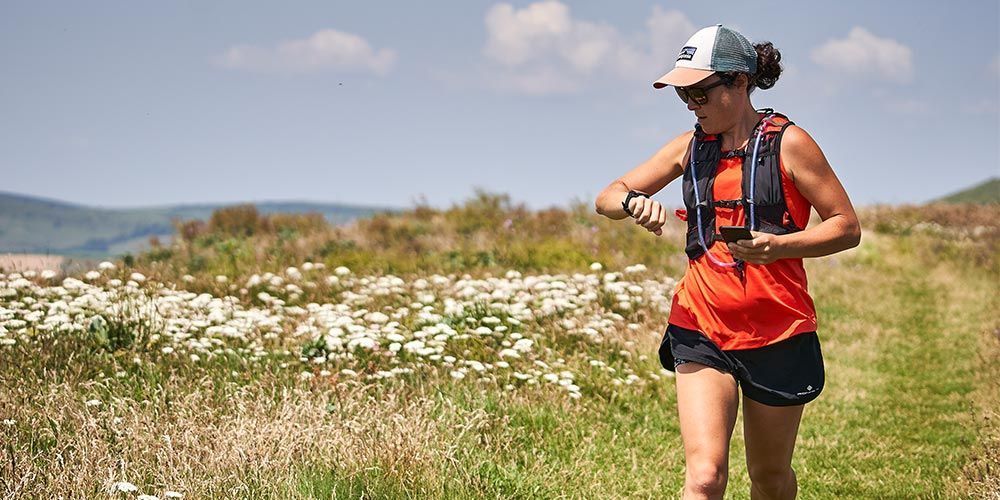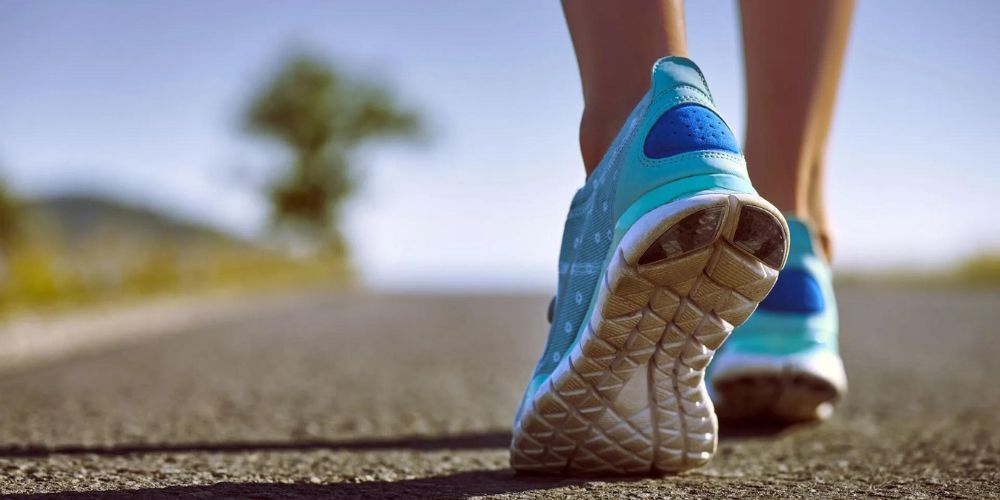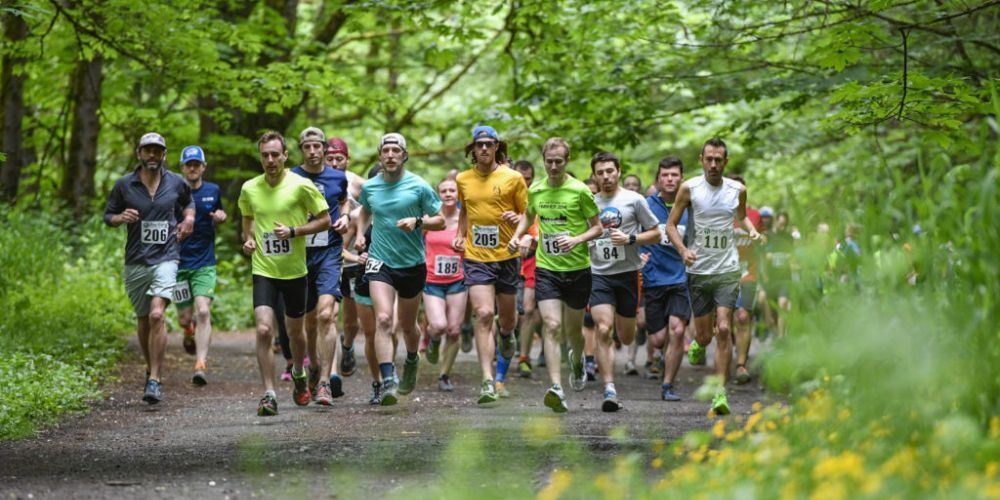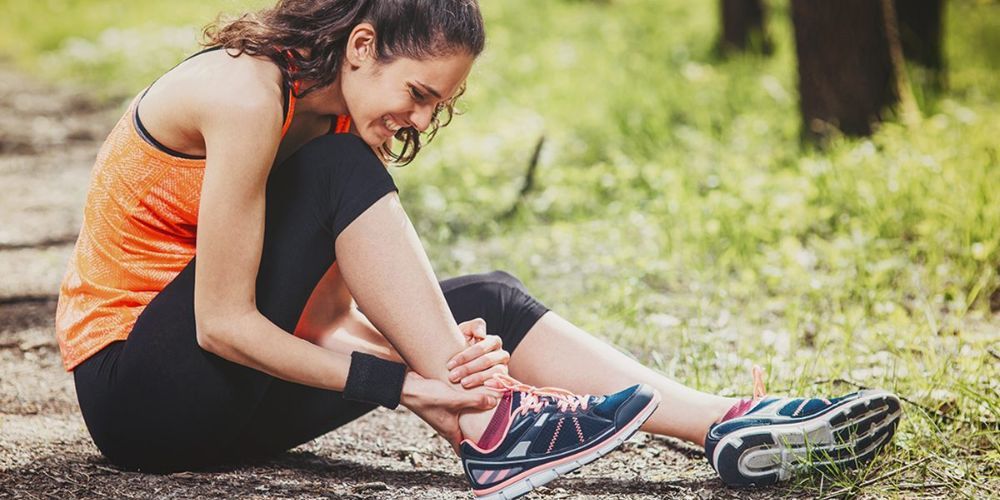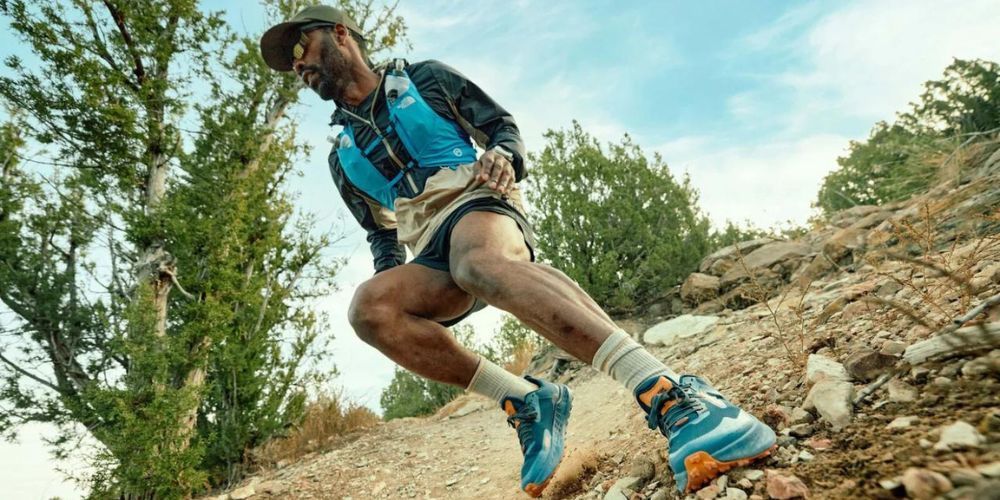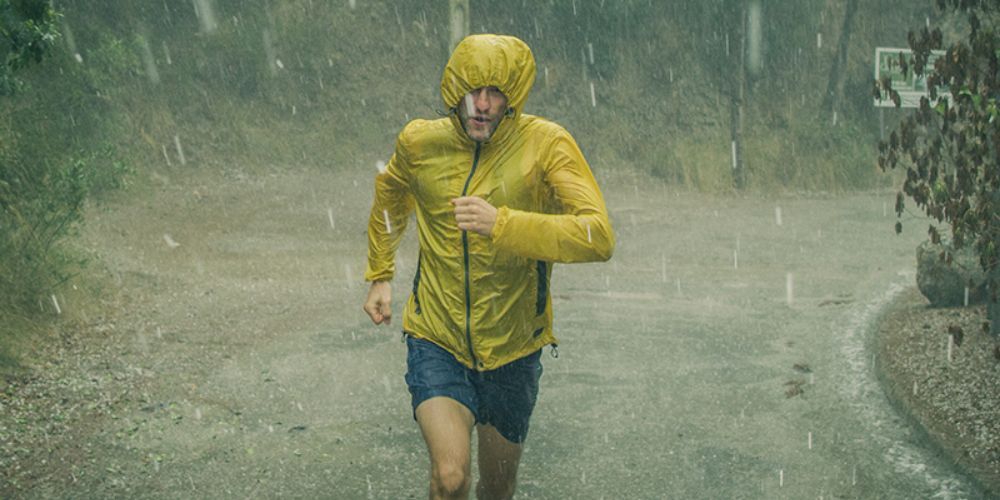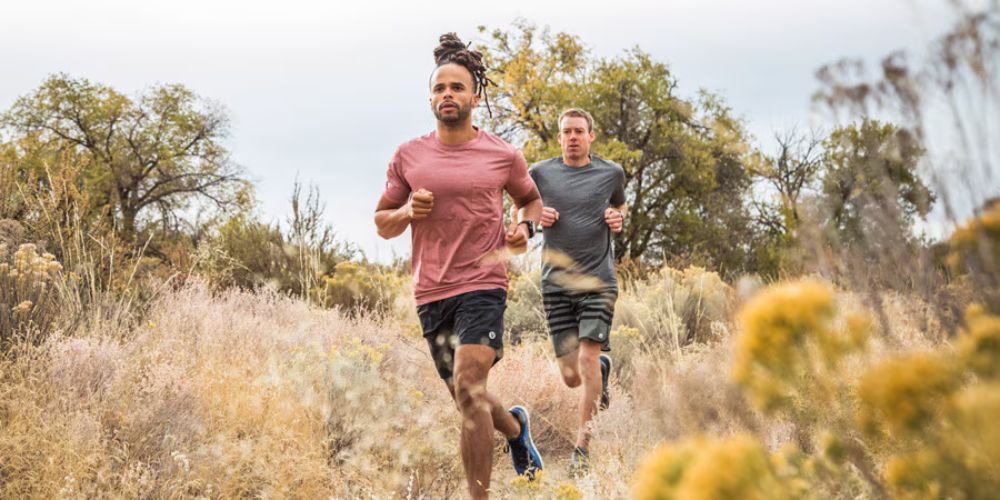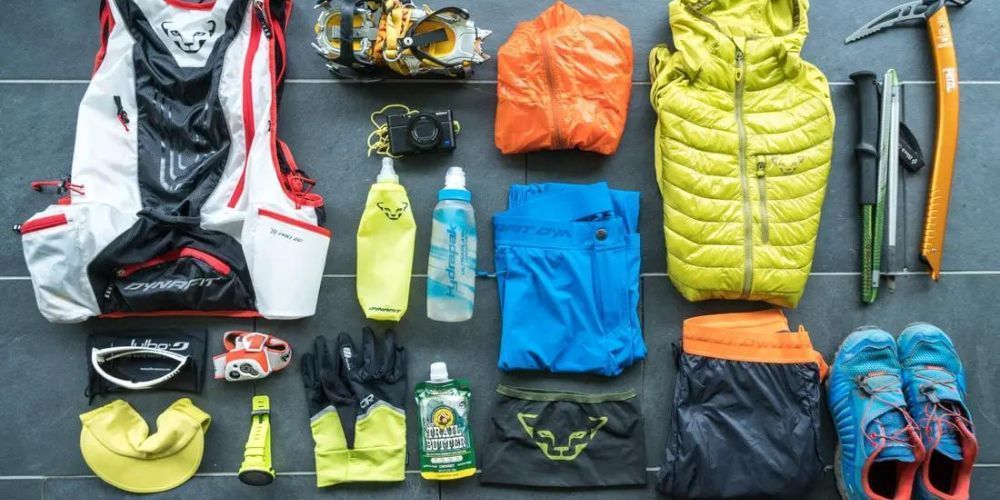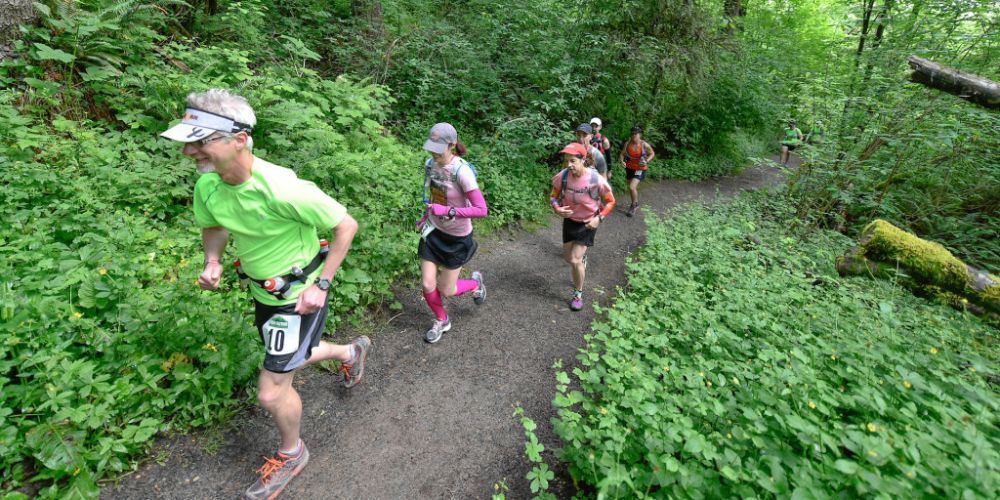William Flaiz is a lifelong athlete and outdoor enthusiast with a deep passion for adventure and sports. With over two decades of experience competing in marathons, triathlons, adventure races, and a wide range of recreational activities, William brings a wealth of knowledge to Sports and Nature Gear. Having explored 49 U.S. states and over 25 national parks, his extensive travels and hands-on experience with gear and gadgets provide readers with practical, expert advice for their own outdoor adventures. Whether it’s running, biking, kayaking, or hiking, William’s insights are invaluable to anyone looking to enhance their experience in the great outdoors. Read his full bio.
Running Compression Socks: Improve Performance and Speed Up Recovery
Have you ever finished a long run with sore, aching muscles that make you dread your next session? This is a common problem for many runners, but there’s a simple solution that might just change your running game—compression socks. These aren't just regular socks; they’re designed with runners in mind, providing benefits that could help you improve your performance and recover faster after those grueling marathons.
Extensive research and first-hand experiences have revealed how these specialized socks enhance blood circulation, reduce muscle vibrations, and aid in swift recovery times. Many elite runners swear by them not only for the boost in stamina but also for the comfort during long runs. Let’s dive into why this piece of gear could be essential for anyone serious about their running performance and overall comfort, starting with what makes compression socks unique.
The best compression socks for running provide graduated compression to increase blood circulation, reduce muscle fatigue, and enhance performance. Look for options like Marathon Knee-High Compression Socks or Bombas Performance Compression Socks, designed to offer support and reduce muscle pain during and after running.
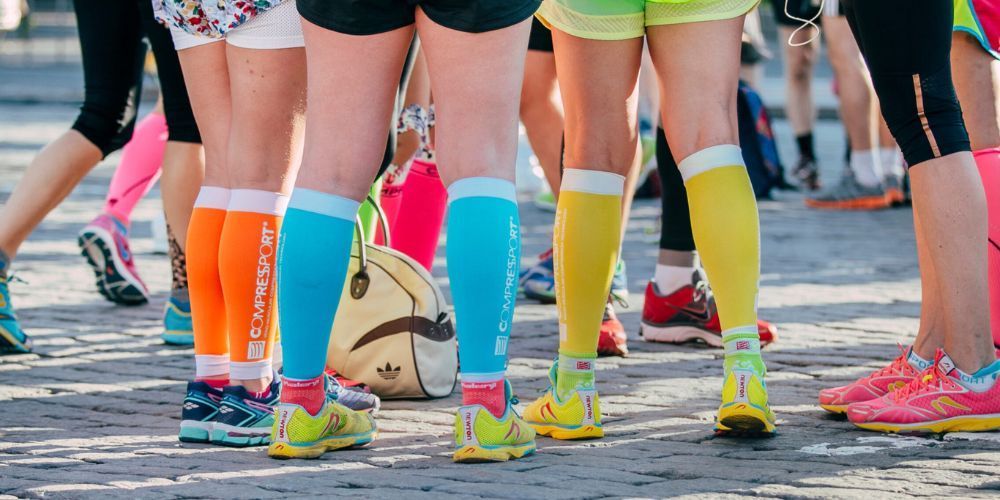
What are Compression Socks?
Compression socks are not just any ordinary pair of socks you pull out of your drawer. They are specially designed to apply graduated pressure on your legs. This pressure is measured in millimeters of mercury (mmHg), just like blood pressure. Typically, the pressure of compression socks is strongest at the ankles and gradually decreases as it moves up the leg.
But why this setup? The graduated nature is all about promoting better blood flow. Imagine your legs as a flowing river - by squeezing at the bottom more and then less as you go up, you're essentially guiding all that pooled water back to the source: the heart. By doing so, compression socks reduce swelling, discomfort and lower the risk of blood pooling within the lower leg.
They are not just for athletes; they are also beneficial for individuals who spend long hours standing, like nurses and factory workers. Moreover, frequent travelers can find relief from leg discomfort during long flights with compression socks. Additionally, those who suffer from specific medical conditions such as varicose veins or deep vein thrombosis (DVT) can benefit greatly from wearing compression socks to manage their symptoms and prevent further health issues.
Let's put this into perspective: Think of them as personalized wraps for your legs, constantly providing a gentle massage throughout the day. The specific pressure zones add comfort, help prevent fatigue, and keep your legs feeling invigorated even after a long day on your feet or an intense workout.
Understanding the science behind how compression socks operate will give us insight into why they are an essential tool for athletes and many others seeking relief from prolonged periods of standing or certain medical conditions.
Benefits for Runners
When it comes to running, every little advantage can count. Compression socks have become an essential tool for many runners and athletes looking to boost their performance and recovery. Let's explore the unique benefits these socks provide:
Improved Blood Flow
One of the key benefits of running compression socks is their ability to enhance blood circulation. The graduated pressure from these socks helps push deoxygenated blood back to the heart, allowing for better oxygen delivery to the muscles. This increased oxygenation can improve a runner's endurance and overall performance, while also delaying the onset of fatigue. By delivering more oxygen to the muscles, runners can experience improved energy levels and sustained performance during their runs.
Reduced Muscle Vibration
During a run, the muscles undergo continuous stress and vibration. Compression socks work by stabilizing the muscle tissue, reducing excessive movement and vibrations during running. By minimizing this muscle vibration, compression socks can potentially lower muscle soreness and fatigue post-exercise. Additionally, this reduced muscle vibration may decrease the risk of certain running-related injuries, allowing runners to engage in their activity with greater confidence and comfort.
Faster Recovery
After a long or intensive run, recovery is key for any runner. Compression socks aid in this process by helping to clear metabolic waste products from the muscles more efficiently. The enhanced circulation facilitated by compression socks promotes better nutrient delivery and waste removal, leading to quicker post-run recovery. By wearing these socks after a run, runners may experience less post-run soreness and muscle fatigue, enabling them to get back on their feet faster.
Temperature Regulation
Many premium compression socks are crafted from moisture-wicking fabrics that are both breathable and quick-drying. These features help regulate the temperature in the feet area by keeping them cool and dry—crucial factors in preventing blisters and discomfort during long runs. Runners benefit from better foot comfort, reduced friction, and minimized chances of developing blisters, all contributing to a more enjoyable running experience.
With these benefits in mind, it's easy to see why so many runners rely on compression socks to improve their overall performance and ensure a speedier recovery process. Whether it's through promoting better circulation, reducing muscle vibration, aiding recovery or regulating temperature, these socks have earned their place as a valuable addition to a runner's gear arsenal.
Having highlighted the impressive advantages of compression socks in enhancing a runner's performance and recovery, let's now shift our focus towards exploring the various types available—each tailored to cater to specific running needs.
Types of Running Compression Socks
When considering the right pair of compression socks for running, it's crucial to think about the specific areas of the legs that need support and protection. Different types of compression socks offer various levels of coverage, addressing the diverse preferences and requirements of runners.
Knee-High Compression Socks
These are a popular choice among long-distance runners due to their full-length coverage, providing maximum support for both the calf and lower leg muscles. The graduated compression technology aids in increasing blood circulation, reducing muscle fatigue, and minimizing swelling, making them ideal for extended runs. An excellent model to consider is the Feetures Graduated Compression Light Cushion Knee-High , crafted to offer a blend of comfort and performance.
Calf-High Compression Sleeves
Designed to cover only the calf area while leaving the foot free, these are favored by runners who prefer wearing their own choice of running socks combined with added calf support. This type helps in preventing muscle soreness and fatigue in the calf region. For example, the CEP Compression Calf Sleeves is known for effective muscle stabilization and improved circulation during runs.
Ankle Compression Socks
For runners seeking targeted pressure around the ankles without full-foot coverage, ankle compression socks are an excellent lightweight option. They provide optimal support to the ankle region, helping to combat fatigue and reduce the risk of injury during high-impact activities. A notable choice is the 2XU Vectr Light Cushion No-Show Compression Socks , offering a comfortable fit and enhanced ventilation for breathability.
These distinct variations in compression sock designs allow runners to select the type that best suits their individual needs and preferences, whether it's prolonged support for the entire leg or targeted relief for specific areas. It's important to find the right balance between comfort, support, and functionality when choosing running compression socks as this can significantly impact performance and recovery.
By understanding the unique benefits offered by each type of compression sock, runners can make informed decisions based on their running style, distance preferences, and specific areas requiring support. With the right pair tailored to their needs, runners can enhance their performance while minimizing discomfort and risk of injury during training and races.
Embarking on a journey into choosing running compression socks that uniquely cater to individual needs opens up a world of tailored solutions aimed at boosting performance and recovery – a crucial element in any runner's arsenal.
Choosing the Right Pair
Choosing the right pair of compression socks can truly make all the difference in your running experience. With a multitude of options available, each claiming to offer ultimate comfort and support, the decision-making process can be overwhelming. However, considering a few key factors can help narrow down your choices and lead you to the perfect pair that suits your individual running needs.
Assess Your Running Needs
Each runner has unique requirements when it comes to compression socks. Some may need them for performance enhancement, while others may require them more for injury prevention or expedited recovery. For example, if you're a long-distance runner or marathoner, knee-high compression socks might provide better coverage and support. Conversely, sprinters might find ankle-length socks more comfortable and appropriate for their shorter bursts of intense activity. Understanding your specific needs will guide you toward selecting the most effective sock length and style for your running routine.
Check Compression Levels
The level of compression plays a crucial role in determining the socks' effectiveness. For runners, a compression level between 15-30 mmHg generally provides the necessary support without being overly constrictive. Nevertheless, higher levels of compression may be needed for more intense support during specific activities or for certain medical conditions. It's advisable to consult with a healthcare professional or sports medicine expert before using higher compression levels, especially if you have underlying health concerns.
Fit and Comfort
The fit and comfort of compression socks are essential for their effectiveness during running. While it's important for the socks to provide ample pressure to promote circulation and reduce muscle vibration, they should not be too tight as to impede proper blood flow. When trying out different pairs, pay attention to how they feel on your calves and ankles. They should be snug but not excessively restrictive. Additionally, checking sizing charts provided by manufacturers and reading user reviews can offer valuable insight into the fit and comfort of specific sock brands and designs.
Choosing the right pair of running compression socks requires thoughtful consideration of various factors such as length, compression levels, fit, and comfort. By assessing your individual running needs and focusing on these key aspects, you'll be able to make an informed decision when selecting the ideal pair of compression socks to enhance your running experience.
Now equipped with a clearer understanding of the key factors to consider in choosing running compression socks , let's shift our focus to explore the top brands and models that embody these essential attributes.
Top Brands and Models
When it comes to running compression socks, finding the right pair can be a game-changer for your athletic performance and recovery. Let's take a closer look at some of the top brands and models that runners swear by.
Bombas Performance Compression Socks
The Bombas Performance Compression Socks have gained a reputation for their exceptional comfort, durability, and a blend of materials that enhance breathability. This is particularly important for runners, as moisture-wicking properties can help prevent blisters and chafing during long-distance runs. The strategic cushioning in these socks provides impact absorption, making them an ideal choice for those looking to reduce muscle fatigue and soreness after intense workouts.
Feetures Graduated Compression Light Cushion Knee-High
For those seeking targeted compression and cushioned support, the Feetures Graduated Compression Light Cushion Knee-High socks are well-loved in the running community. These socks offer 15 to 20 mmHg of compression at the ankle, gradually lessening the pressure towards the knee. The seamless design ensures a comfortable fit while providing support for the arch and ankle. This makes them an excellent choice for runners tackling long distances with varying terrain.
CEP Compression Mid-Cut 4.0
Renowned for their use of lightweight, breathable fabric with ventilation zones, the CEP Compression Mid-Cut 4.0 socks provide runners with both comfort and performance benefits. The silver treatment embedded in the fabric helps to reduce odors, making them perfect for intensive training sessions where moisture and odor control are essential. The 18-20 mmHg of compression at the arch and ankle provides the right level of support needed for enhanced blood flow and reduced muscle vibration during high-impact activities.
Each of these top brands and models offers unique features designed to address specific needs and preferences among runners. Understanding these distinctions can help you make an informed decision based on your individual requirements, whether it's endurance support, breathability, or odor control.
With so many options available, it's essential to consider factors such as:
- Comfort
- Fit
- Moisture-wicking properties
- Breathability
- Level of compression
Considering these factors when selecting running compression socks will ensure they align with your goals and training needs.
In the next section, we'll explore firsthand experiences and valuable insights from fellow runners in their quest for the perfect running gear.
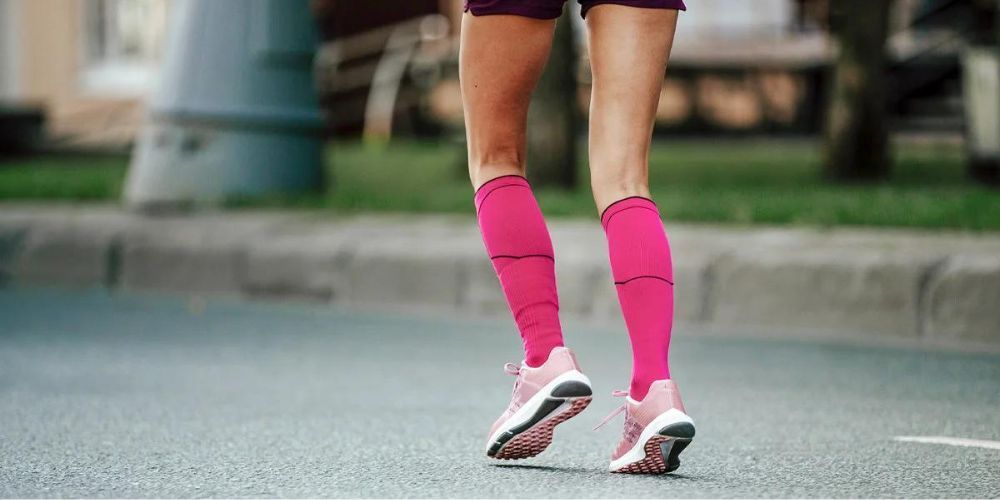
User Reviews and Experiences
The best way to gauge the effectiveness of a product is to hear from those who have used it firsthand, right? When it comes to compression socks , runners are some of the most passionate advocates. They've been relying on these socks for years, and their experiences provide valuable insight into the benefits.
Runner Testimonials
Let's start with runner testimonials. Many runners swear by compression socks for significantly reducing fatigue and improving overall performance. These are individuals who truly put these socks through the wringer, clocking mile after mile. The consensus among them is that compression socks have made a noticeable difference in their endurance and recovery. Specific models like the Feetures Knee-High have received accolades for delivering exceptional support during marathons—with some runners even likening running with them to "running on clouds."
Comparison Videos
Another fantastic way to gain insights is through comparison videos on platforms like YouTube. These videos allow runners to openly discuss the pros and cons of various compression sock brands. They detail how the socks perform under different conditions, providing real-world insights that help viewers understand which sock will best suit their needs.
Expert Endorsements
In addition to user reviews, it's important to consider expert endorsements. Sports medicine professionals frequently recommend compression socks for their therapeutic benefits, often citing studies that showcase improvements in athletic performance and muscle recovery. Their expertise adds another layer of validation to the positive experiences highlighted by runners.
By considering the feedback from seasoned runners, exploring comparison videos, and understanding expert endorsements, we develop a comprehensive understanding of how compression socks can genuinely enhance athletic performance and aid in post-exercise recovery.
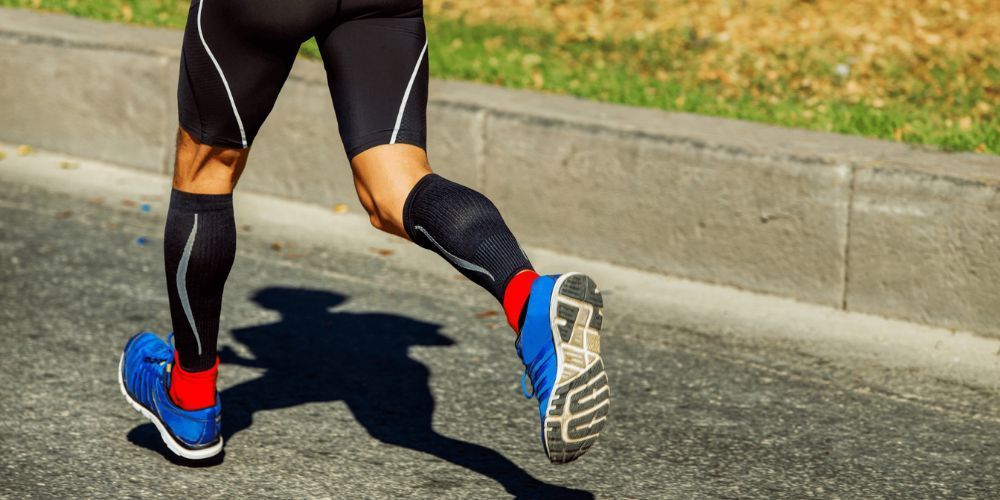
Compression Socks FAQ
What features should I look for in compression socks for running?
Look for compression socks with graduated compression, as they apply more pressure at the ankles and gradually decrease towards the calves. This helps improve blood circulation and enhances muscle recovery. Additionally, choose socks made of moisture-wicking materials to keep your feet dry and prevent blisters. A study published in the Journal of Sports Sciences found that wearing compression socks during exercise resulted in reduced muscle damage and faster recovery.
Can compression socks help prevent common running injuries?
Yes, compression socks can help prevent common running injuries. They provide added support to the muscles and reduce muscle oscillation, which can lead to less fatigue and decreased risk of injury. Studies have shown that compression socks can reduce muscle soreness, decrease swelling, and improve blood circulation, all of which contribute to a faster recovery and lower risk of injuries during running.
How do compression socks for running improve performance and recovery?
Compression socks for running improve performance and speed up recovery by enhancing blood circulation, reducing muscle vibration, and improving oxygen delivery to the muscles. The graduated compression technology used in these socks helps to increase oxygen uptake and removal of metabolic waste, leading to better endurance and reduced muscle fatigue. Studies have shown that wearing compression socks during exercise can improve running economy and reduce muscle soreness and inflammation. So, if you want to enhance your performance and recover faster, it's time to give those compression socks a try!
Are there specific brands of compression socks that are recommended for runners?
Yes, there are several brands of compression socks that are highly recommended for runners. Some popular brands include CEP, Zensah, and Swiftwick. These brands offer a wide range of compression levels and materials to provide maximum support and comfort for runners. In a study conducted by Journal of Sports Sciences, it was found that wearing compression socks during exercise increased venous return and reduced muscle soreness. Additionally, many professional athletes swear by the performance-enhancing benefits of these specific brands.
How long should I wear compression socks after a run to maximize their benefits?
To maximize the benefits of compression socks after a run, it is recommended to wear them for at least 1-2 hours post-exercise. This duration allows for enhanced recovery by promoting blood circulation, reducing muscle soreness, and minimizing swelling. Studies have shown that wearing compression socks for an extended period after running can significantly decrease muscle damage and aid in faster recovery time. However, individual preferences may vary, so it's important to listen to your body and adjust accordingly.
AUTHOR
Nature's Playbook
As an Amazon Associate I earn from qualifying purchases.


